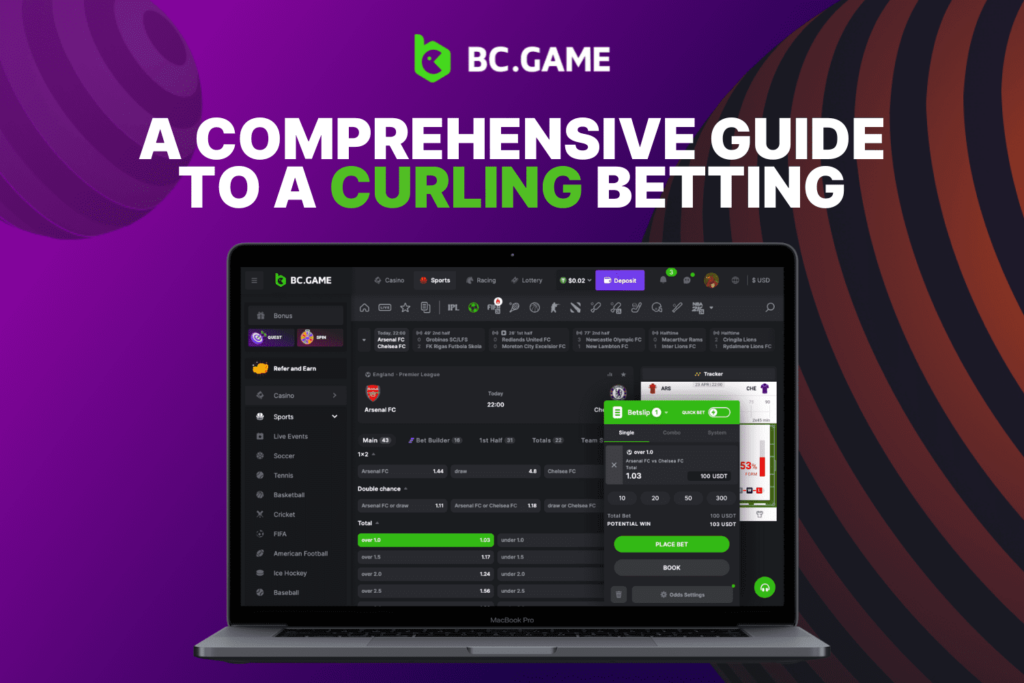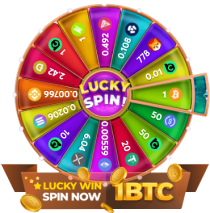
Betting Academy By BC.Game
- Read Free Guides
- Place Your Bets
- Win On Bets With BС.Game

About Us
At Betting.BC.Game, we are passionate about sports, data analysis, and providing our users with the guide they need to make informed betting decisions. Our team of experts is dedicated to bringing you the latest news, insights, and trends from the sports arena. Whether you’re interested in football, basketball, soccer, or any other sport, we’ve got you covered.

Betting Academy By BC.Game
Most Popular Articles






Last Articles






Welcome to the Betting Academy at BC.Game, a dedicated space for both novice and seasoned bettors to enhance their understanding of sports betting. This platform will provide everything you need to know, from resources, to tips, to deep dive courses for all levels. If you’re at the beginning of your journey or looking to brush up on your skills, our academy is designed to teach you everything you need to know in order to make smart betting decisions. Join us as we explore the intricacies of sports betting that will allow you to take your betting experience to the next level.
What is Betting Academy?

BC Game launches the first online Betting Academy In an effort to normalize the world of sports betting, this game was developed. This project includes a lot of articles on how to bet, from the first steps about how to make a bet to a bet analysis and knowledge of terms. The Betting expert Academy breaks down complex concepts in a simple, easy-to-understand way to make betting more accessible and more understandable for everyone. From learning about betting odds to the basic sports customs and the main sport betting strategies, our academy is your helping hand all the way!
What is the Purpose of the Betting Academy?
The primary goal of the Betting Academy is to educate users on both the fundamental and advanced aspects of betting. In addition, the Betting Academy was created to teach everything related to betting, from the most basic to the most advanced. We seek to immerse ourselves into analyzing matches, the factors and the data points that help them to behave in a certain manner. We do so through in-depth articles and actionable tips to ensure they have the tools to make intelligent bets. If you want to learn the basics or more advanced strategies, the sports Betting Academy is the guide you need to improve your betting skills.
How to Use Betting Academy?
The knowledge gained from the online betting course can be applied in various ways, whether for personal enjoyment, such as analyzing matches as a hobby, or for the potential to make money. By learning to assess match data and betting strategies, you can enhance your overall betting experience. Here’s how you can use the resources from our Betting expert Academy effectively:
- Match Analysis: Gain insights into how to evaluate team performance, player statistics, and other critical factors that influence the outcome of matches. This will help you make more informed decisions when placing bets.
- Betting Strategies: Learn different betting strategies that suit various sports and events. Understanding when and how to apply these strategies can increase your chances of success.
- Terminology: Familiarize yourself with betting terms and concepts, which is essential for navigating the betting landscape and understanding the intricacies of different bet types.
- Practical Application: Use the theoretical knowledge to place bets responsibly. Start with small wagers to practice and gradually build your confidence and skills.
However, it’s crucial to approach this process with responsibility and caution. Betting should be treated as an enjoyable activity, not a financial necessity, and it’s important to avoid overplaying or betting beyond your means. Set limits for yourself and stick to them. Use a sports betting course to enrich your understanding and enjoy the world of sports betting wisely.
How Does Our Betting Academy Help You Place Bets?

The Betting Academy is very important and provides a theoretical material that we consider as an additional course that will make all the difference in your time of bets. A better fit to place bets correctly By exploring our detailed articles you will be guided towards learning the critical factors to focus and need to be considered. Our beginners guides introduce you to the basics of sports betting, including how to read betting odds and different types of bets to get you people started of on the right path. This way you will have a general idea on what you are doing and so the higher chances of your success. The Betting Academy is the key to having the necessary knowledge to bet with confidence and lucidity.
What Tools Are Available?
Online Betting Academy has plenty of tools that can help you to improve your betting, among which a betting calculator without sign in. This convenient tool calculates bets and odds using various calculation systems, which helps you plan your cocktails more competently and predict the future. Our betting calculator is therfore necessary when it comes to any type of betting whether you are using British odds 2.00, American Odds -100 or European odds, as it takes out all the work and lets you think about how you want to make your picks. So, you can always visit this tool before you place any bet to verify if your calculations are correct and you are betting sensibly.
Why is Responsible Gambling Important?
Responsible gambling is crucial for maintaining a healthy and enjoyable betting experience. It involves setting limits on your betting activities, understanding the risks, and ensuring that betting remains a fun and controlled hobby rather than a financial strain. By practicing responsible gambling, you can avoid the pitfalls of excessive betting and the potential negative impact on your personal life and finances. At BC.Game, we are committed to promoting responsible betting practices and providing resources to help you stay in control. For more information and guidance on responsible gambling, please visit our Responsible Betting page.
How Can You Join the Community and Get Support?

If you have any questions about our materials or would like to receive updates and new content, we invite you to join our community. You can easily reach out to us with any inquiries through our Contact Us page. Additionally, subscribing to our newsletter ensures you stay informed about the latest articles, tools, and tips from the Betting Academy. Join us today and become part of a supportive and knowledgeable betting community!
Final Word from BC.Game
At BC.game, we champion a thoughtful and strategic approach to sports betting. By taking the time to research, staying disciplined, and enjoying the process, you can make the most of your sports betting journey. Dive into the exciting world of sports betting with BC.game and elevate your game. Ready to begin? Place your bets responsibly with BC.game today!








Your review has been sent for moderation